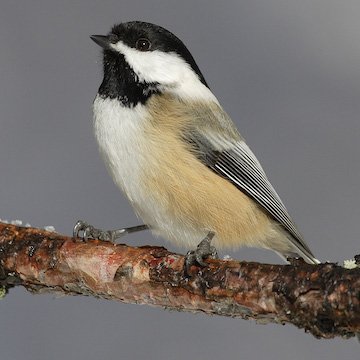In searching for a prototype modern hermit, one is confronted by the reality that after the Middle Ages, hermits in modernity were destined by authorities to disappear. In order to survive, eremitism transformed into solitude, and hermits transformed into solitaries.
Unlike historical hermits, however, who seem so similar regardless of geography, culture, or era, solitaries present more variable phenomena. Life styles of modern solitaries depend more on circumstance and personality. Solitaries were not necessarily more accesptible to society, but at least were more readily disassembled and concealed.
Today, the topic of solitude is standard fare in popular psychology. Even the most aloof bureaucrat to the most troubled artist is tolerated for solitary behavior, indeed, even redeemable and rewarded for eccentricity and showmanship. In offering solitude to their audiences, columnists bid us to cultivate solitude as a preliminary to big events: athletic, business, legal, artistic, or personal. Solitude is treated as a homeopathic remedy: not too much such as to appear strange, but just enough of a suggestive remedy to overcome a lack of confidence or mettle, a meditative moment before embarking on stress.
How far solitude has come in the modern mindset, stripped from its roots and mental character, far away from eremitism. Thus, pop psychology plays a contradictory theme. Solitude in small doses is good for a fighting spirit, but too much solitude is neurotic and dangerous habit. Too much solitude leads to loneliness, isolation, and depression — a chief malady of the old, we are told, who do not socialize enough. The goal of the populoar adviser is often mercenary and views solitude flippantly yet like a prescription. How can one approach solitude not as a temporary remedy but a “lfestyle” that does not undermine itself? Can its link to erenmitism be restored or reconstructed?
A useful model for beginning this project is found in psychologist Carl Jung’s 1931 essay on “The Stages of Life.” In this essay, Jung moves through the individual’s psychological stages, but within the context of the perennial factors of Nature versus Culture. Here the danger of oversimplification also obscures the real context of our lives and the stage of life. Nature is not merely heredity but the autonomy of the growing person to come into contact with Nature and its context of universals. This is where each life stage discovers not only its self-interests but its relationship to our universe. In contrast, Culture (what some writers call Nurture, a midsleading term) is society, relationships, institutions, ideologies,in short, all the binding contrivances that we encounter in the stages of life, their character and impact relevant to the moment, intertwining their contrived content with the capacities and vulnerabilities of the individuial in the given culture. This presentation by Jung gives full reckoning with the influences of stages or situations, so that we cannot think of stages outsideof the context of material and cultural contexts. We cannot make the stages mere abstrctions. We can never know the content of the psyche without understanding that Culture is not merely a context but is content, depending on the individual.
This is all prelude to understanding solitude. Solitude could come out of the individual will, but it also emerges in relation to Culture, so that we are obliged to ask why this phenomenon of solitude, why now at this stage, why in this social context what it is? Could it not have been different? In fact, is it different elsewhere? Resisting the temptation to dismiss solitude as subjective also means resisting the temptation to view solitude as social failure or unintention, society letting down its guard. Revisting Jung restores complexity, but also reinstates simplicity, addressing the inner and outer factors while inviting us to look at their conjunction, the conjunction of what the individual is made of and what society is really all about.
All of these factors were, ironically, visited by the Rousseau versus Hobbes debate about human nature. Jung refreshes the debate with a subtle presentation of the psyche that neither Enlightenment progenitor coulod have addressed. Rousseau, however, was quite willling to concretize the historical chasms; Jung merely goes back and illustrates them with logic from psychology. All that’s needed is to plug the hermit of history into the conversations.

